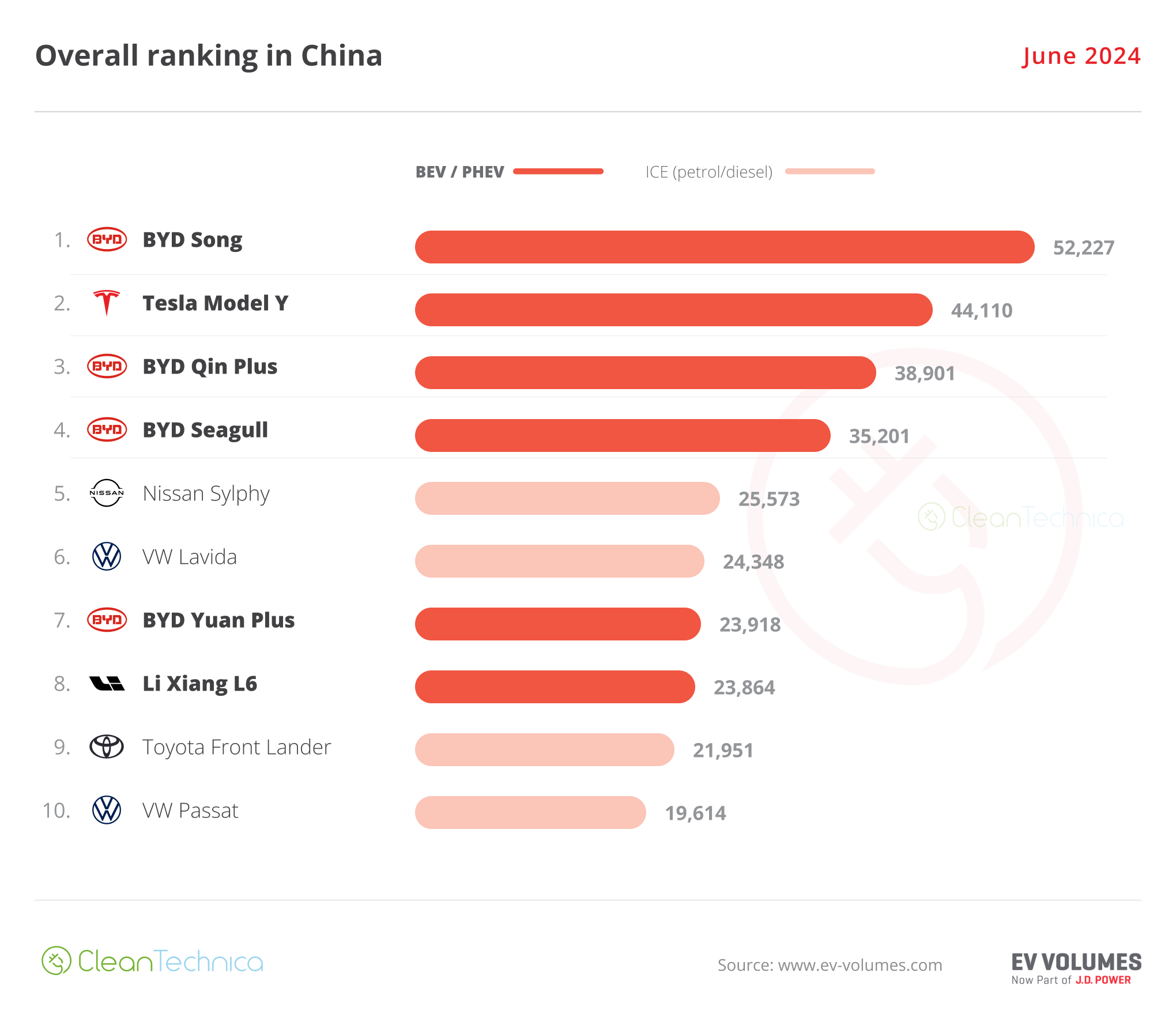Sign up for daily news updates from CleanTechnica on email. Or follow us on Google News!
Cargo ship owners are under pressure to reduce carbon emissions and they are counting on an old friend to do it. Wind energy is coming back to the high seas, only not necessarily in the form of traditional sails. In the latest development, the UK startup GT Wings is equipping a 124-meter cargo ship with its new AirWing onboard energy harvesting devices, leveraging experience in the world of F1 racing.
The Crowded Field Of Seaborne Wind Energy Harvesting
Flexible fabric sails have pulled energy harvesting duty on ships for millennia. High tech hard sails are a 21st-century development, and the field is already getting crowded. GT Wings aims to mark out a spot for itself by developing a compact but powerful wind energy harvester that can be installed over a wider range of vessels, from small to large.
“GT’s unique selling point lies in its patented airflow technology, delivering industry-leading thrust from a compact unit,” GT explains. “This smaller footprint allows the AirWing™ to be used on a wide range of vessels with minimal impact on cargo operations.”
“The company aims to make its products a must have for shipowners seeking to meet stricter regulatory standards,” they add.
GT Wings crossed the CleanTechnica radar last year under its former name GT Green Technologies, when the UK Research and Innovation agency posted an enthusiastic update on the company’s progress towards commercializing its high tech sails.
“Initial research shows that the AirWing could reduce carbon emissions and fuel costs between 10% to 30% for retrofitted ships and up to 50% for new builds,” Innovate UK remarked. The agency also noted that vessels from the smallish 20-meter size on up to substantial cargo ships could deploy the devices.
Onboard Wind Energy Harvester Meets The Groot Cross-Bow
GT Wings reached out to CleanTechnica by email earlier this week with word that it has tapped the firms A2O Manufacturing and KS Composites to assist it with the next step, which involves installing the AirWing wind energy harvester on a 124-meter general cargo vessel sometime later this year.
The ship is on the roster of the UK firm Carrisbrooke Shipping. The firm has been applying a suite of new technologies and routing strategies to reduce fuel costs with a consequent impact on greenhouse gas emissions. The AirWing represents another step in that journey.
No word yet on the particular ship is targeted for a wind energy makeover, but one item of interest that leaps off the pages of the Carrisbrooke website is the new energy efficient, wave-piercing, pitch-resistant “Groot Cross-Bow” developed by the firm’s partner, Groot Ship Design. After receiving some encouraging energy efficiency figures from tank tests, Carrisbrooke decided to feature the Groot Cross-Bow in its the new fleet of “Super Green Ships.”
“Carisbrooke continues to work on new designs for modern, efficient vessels, reflecting on and this green ship design and ways to incorporate already proven technology and ideas to have the edge against the competition and to ensure that any new vessels will add to the concept of sustainable shipping,” the company explains.
Groot Ship Design notes that the Cross-Bow is already featured in a “significant number of vessels.” Ships equipped with the new bow can travel on reduced engine power, saving fuel oil and cutting greenhouse gas emissions, too.
“Besides the reduction in minimum required power, other great benefits that the Groot Cross-Bow® offers are the improvement of comfort and the reduction of damage to cargo,” Groot adds.
“This is achieved due to the fact that the bow no longer has the strong flare that a conventional bow has. Therefore the vertical accelerations are lowered. The reduction in these accelerations is especially noticeable in heavy weather,” they elaborate.
More Wind Energy For Cargo Ships
The Carrisbrooke vessel is just for starters. GT also notes that it has letters-of-intent in hand for additional AirWings deliveries next year.
Meanwhile, other shipping industry stakeholders have been jumping into the onboard energy harvesting field. Last summer, for example, CleanTechnica took note of the firm BAR Technologies, which is leveraging its experience in the competitive yacht sailing circuit.
Cargill and Odjfell are also in the mix, along with Sea-Cargo, Sumimoto, and the logistics firm CLdN. Japan’s hybrid Wind Challenger is another example.
Next Steps For Onboard Wind Energy Harvesting
To gild the sustainability lily, some firms are incorporating recycled material into their wind energy systems. One is the Danish firm Norsepower, which is incorporating recycled plastic bottles into its tube-shaped Rotor Sails.
All together, much of the activity in the high-tech sail field is still in the development and testing phase, but keep an eye on the Japan-Chile shipping route to spot a cargo ship outfitted with Rotor Sails (also called NPRS). Named the M/V Koryu, the ship is ferrying sulphuric acid from Japan to Chile, and carrying copper concentrates from Chile back to Japan on the return trip.
The new energy harvesters were installed in June and the M/V Koryu set sail on her maiden voyage on July 10.
“Based on advanced simulations and Norsepower’s real-world performance data, the use of NPRS™ is estimated to provide a 5-6 percent fuel savings, on average, on the route between Chile and Japan,” Norsepower explains.
That may sound like peanuts but the savings adds up on a long voyage. Norsepower anticipates that 5-6% is enough to earn M/V Koryu the status of the “best performing vessel in its category ” for greenhouse gas intensity.
Partnering in the project is the global mining firm BHP, which points out that the selection of the Japan-Chile route is aimed at optimizing greenhouse gas reduction.
“This route has one of the most favorable wind conditions, which was an important factor that the parties considered. It is one of the longest routes globally with such conditions, allowing the vessel to benefit from the longest ton/mile wind propulsion,” emphasizes the VP of BHP’s Maritime & Supply Chain Excellence department, Rashpal Bhatti.
As for exactly how much benefit, that will be known after data from the voyage are available. In the meantime, keep an eye out for new and different wind energy harvesting devices to appear on cargo ships (or old ones, as the case may be).
Follow me via LinkTree, or @tinamcasey on Threads, LinkedIn, and Instagram.
Image: Wind energy returns to the global shipping industry, with a futuristic assist from motorsports and yacht racing (courtesy of GT Wings).
Have a tip for CleanTechnica? Want to advertise? Want to suggest a guest for our CleanTech Talk podcast? Contact us here.
Latest CleanTechnica.TV Videos
CleanTechnica uses affiliate links. See our policy here.
CleanTechnica’s Comment Policy




